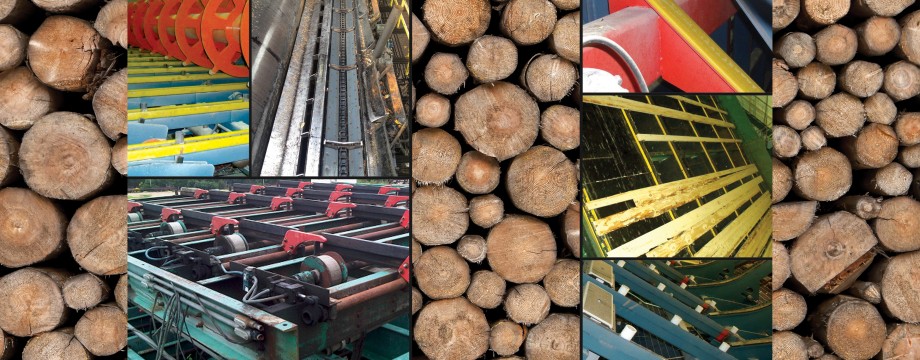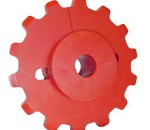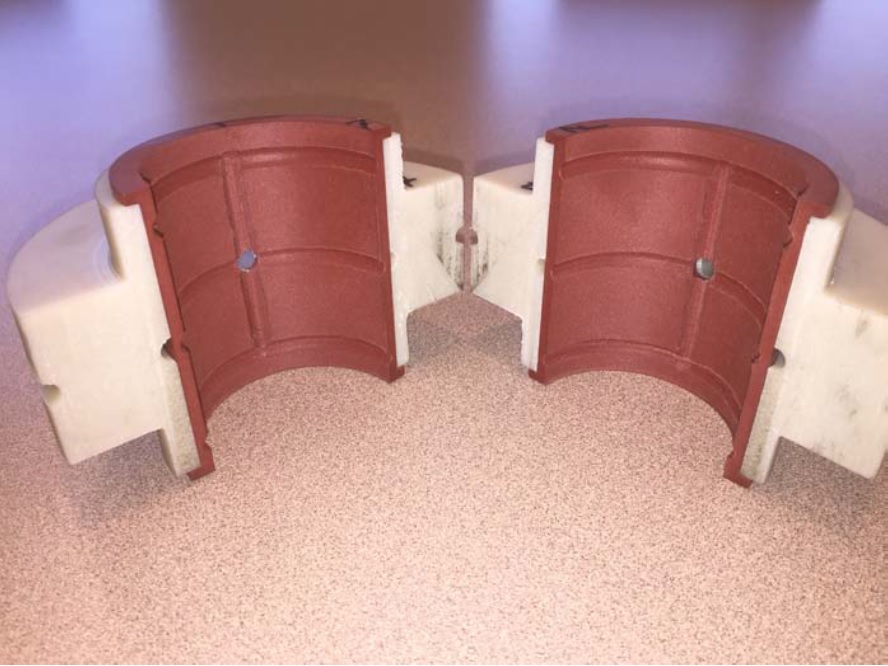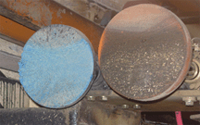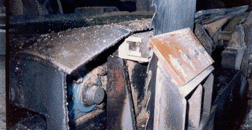The new model Redco Saw blade carrier has been on the market for a couple years and has received a very positive response. The saw blade carriers are manufactured out of quality Redco polyurethane and are the result of years of research and planning into the best way to make this important safety product. As we quote more and more of this product we have started to receive a few questions that keep coming up and we hope to help you out right here:
What is the maximum size saw blade that the carriers can hold?
26″ in diameter at this time.
What are the standard saw blade carrier sizes?
The product is actually molded every time for a 26″ diameter blade. We simply cut the blade-holding polyurethane to size. The smallest size the carrier can reasonable hold is a 16″ diameter blade.
What are the prices?
Due to differences in freight to land the product at our branches, quantity, currency of the customer’s market, the price varies. Contact us for a quote. However, because the product is always molded for the maximum size of 26″ diameter the cost of the carrier is the same no matter what diameter we cut it to. In essence, we are simply cutting a 26″ carrier down to size but a 26″ carrier still needs to be made.
Are there versions of the carrier that hold multiple blades?
Yes, there is a “Double/Triple” model that can hold up the three blades. It is very similar to the single bladed carrier except the groove in the blade-holding polyurethane is wider.
Does the “Double/Triple” carrier cost more?
No, the simple change to adapt the carrier to hold multiple blades means this model costs the same as the single.
Do you have local distributors for the Redco Saw Blade Carrier?
Redwood Plastics is the distributor. The Redwood branch serving your state or province would be the ship-to/pick-up point for the product.
What is the delivery time to get one?
Usual lead time is 2-3 weeks to ship.
What are the saw blade carriers made out of?
Redco polyurethane of various durometers. Harder durometers for the handle and standing base, softer for the actual blade carrying portion.
Are the blade carriers made for saw blades outside of the sawmill industry?
If the blade can fit the carriers than yes. An important note is for blades in the food service industry, such as butcher’s blades. The standard polyurethane is not food-safe; however, we can supply a “food safe” saw blade carrier. We have not had the carrier itself FDA tested but the material itself would be FDA approved.
If you have more questions about the Redco Saw Blade Carrier or would like a quote, contact Redwood Plastics here.

